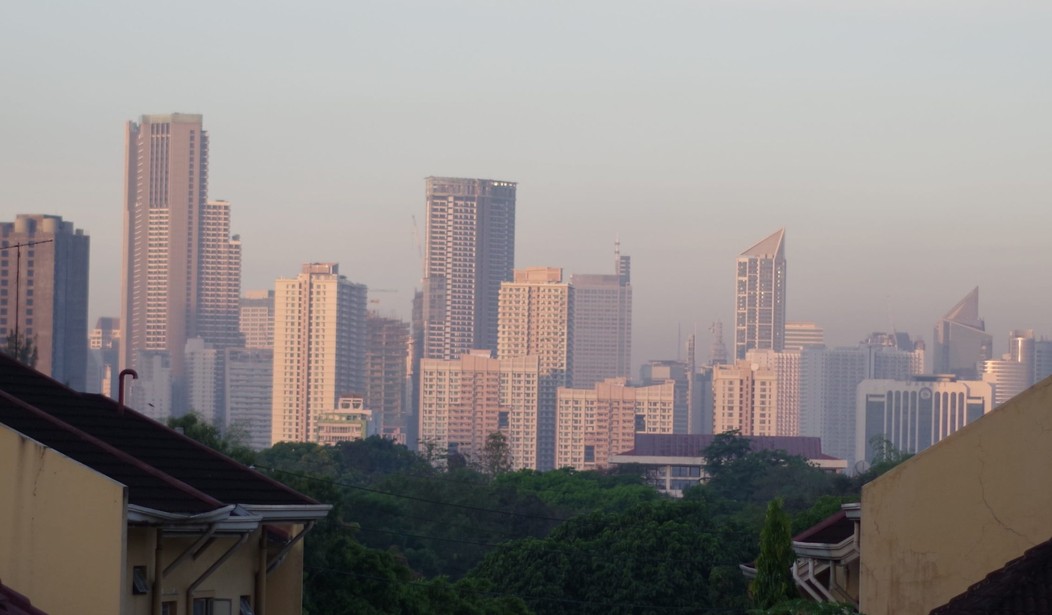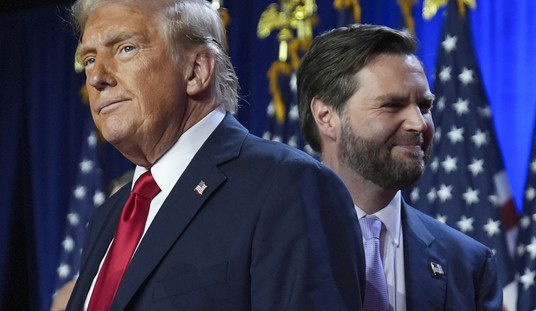The 21st century is turning out to be different in unanticipated ways. For example, living in one of the new densely populated cities of the planet may not be like waking up in a bigger version of a 20th century metropolis. John Spencer of the Modern War Institute hypothesized that the new megacities would have a quality all their own.
With his professional interest in military operations in mind and motivated by recent Amererican battle experience, Spencer conjectured that not only would time-distance relationships be warped by such urban densities but the very concentration of human complexity would generate a kind of collective intelligence that combat units would have to speak to. The military impact of these properties were described in his article ‘What an Army megacities unit would look like’.
The ability to maneuver forces is one of the biggest challenges of the dense urban environment. New combat vehicle platforms will be needed. The Abrams tank, Bradley, and Stryker range in width from eight to twelve feet. … Many of the developing cities of the world are built upon ancient infrastructure with narrow roads.
The ability to communicate with the population will also become a requirement. The tactical use of social media, internet, and co-opted local networks (like emergency alert systems) will be needed, but equally important will be the skills to develop the right message—language, culture, narrative. Military Information Support Operations units have historically not been a component of maneuver units but should be made organic, instead of a requested enabler.
Civilian agencies have also been trying to unpack the megacity mystery by their own method of study by committee. “Last week, the World Bank brought together urban planners and officials from 10 developing countries’ megacities – Buenos Aires, Cairo, Cape Town, Colombo, Dhaka, Ho Chi Minh City, Izmir, Jakarta, Karachi, and Kinshasa – for a “Technical Deep Dive” on Managing Urban Expansion in Mega Metropolitan Areas.” Their goal of course was to search for ways to bring these wildly growing human concentrations back under bureaucratic cultivation. They predictably concluded that “megacities face challenges of effectively coordinated planning, infrastructure development, and service delivery across multiple jurisdictions.”
Perhaps no one really understands urban density at this scale because nothing like it has ever existed before. In the face of the unprecedented history can only be a rough guide. In 1900 London was the largest city in the world with 5 million people. In 1950 New York topped the list with 10 million. In 2018 there were 15 cities of more than 20 million, nearly all of them in the Third World. Each level up represented a step into the unknown. In the famous phrase of the Wizard of Oz: we’re not in Kansas any more.
There is a kind of Mad Max quality to some megacities. In metro Manila nearly everyone who hazards the road is young. They have to be. The streets are an obstacle course where it is necessary to broken field run across traffic that stops for nothing — not the policeman’s whistle — even at designated crosswalks; where the only way to cross major intersections is ascending vertiginous stairways to walkways 40 feet in the air. It’s a place where people and cars miss each other often by only inches. It is probably fortunate that vehicular speeds are made so low by layouts constantly changed by planners. A street open one day maybe closed the next; eastbound one moment and westbound the next.
Yet there is a duality within the physical maze of shortcuts, dead ends and labyrinths. Within this restricted physical mobility a vast virtual world exists. Everyone seemingly has a smartphone and uses them more centrally than does the Western world. “In India, a railway porter who earns $8 a day can buy a low-end smartphone. At work, his WiFi is free.” Similar arrangements allow than a quarter billion Indians to use Facebook. A whopping 70% of the entire Filipino population use the social media platform. Zuckerberg may live in America but his kingdom holds sway in alleys, packed commuter buses and malls of the Third Word.
Knowing this Facebook and many developers have made a strategic decision to emphasize low-bandwidth, stripped down versions that can function in an austere connectivity environment. Zuckberg recently announced his intention to wire the world with laser equipped fleets of drones; to “invest billions of dollars in getting mostly poor people online … that value will come back to us.”
But perhaps most significantly the communications revolution has brought billions of young workers into business processes system who were never there before. Unremarked by “global institutions” a significant percentage of the planet’s population is being trained on a scale that dwarfs the anemic efforts of country educational institutions. Far from just being a potential urban battlefield in a future conflict the megacity may be something far more important: the potential incubator of a giant work force that will transform the economy and balance of power of the world.
Silicon Valley seems to have sensed this, probably by analyzing user data in their possession, but the political elites have not. The most striking thing about French president Emmanuel Macron’s speech to the US Congress was how old and World Bank-ish it sounded. If the admonition to fight “Climate Change” and preserve the Iran Nuclear Deal delivered by a childless man from a demographically declining continent about the ‘future’ was was ironic, it was an irony the media mostly missed.
Yet the irony cannot conceal the pathos. They are missing a boat which even Facebook can see. The biggest challenge facing the liberal elite is how to escape from the 20th century. Both the next big danger and the next big good thing may come from the megacities.
Follow Wretchard on Twitter
For a list of books most frequently purchased by readers, visit my homepage.
Support the Belmont Club by purchasing from Amazon through the links below.
Books:
The Second Machine Age: Work, Progress, and Prosperity in a Time of Brilliant Technologies, by Erik Brynjolfsson and Andrew McAfee. This book reveals the forces driving the reinvention of our lives and our economy. As the full impact of digital technologies is felt, we will realize immense bounty but also experience wrenching change. Professions of all kinds – from lawyers to truck drivers – will be forever upended. Companies will be forced to transform or die. Recent economic indicators reflect this shift: fewer people are working, and wages are falling even as productivity and profits soar. Drawing on years of research and up-to-the-minute trends, MIT’s Brynjolfsson and McAfee identify the best strategies for survival and a new path to prosperity.
Open Curtains: What if Privacy were Property not only a Right, by George Spix and Richard Fernandez. This book is a proposal for bringing privacy to the internet by assigning monetary value to data. The image of “open curtains” is meant to suggest a system that allows different degrees of privacy, controlled by the owner. The “curtains” may be open, shut, or open to various degrees depending on which piece of data is being dealt with. Ultimately, what is at stake is governance. We are en route to control of society by and for the few rather than by and for the many, because currently the handful of mega tech companies are siphoning up everyone’s data, for nothing, and selling it. Under the open curtains proposal, government would also pay for its surveillance in the form of tax rebates, providing at least some incentive for government to minimize its intrusions … (from a review by E. Greenwood).
Skin in the Game, by Nassim Nicholas Taleb. In his new work, Taleb uses the phrase “skin in the game” to introduce a complex worldview that applies to literally all aspects of our lives. “Never trust anyone who doesn’t have skin in the game. Without it, fools and crooks will profit and their mistakes will never come back to haunt them,” he says. In his inimitable style, he pulls on everything from Antaeus the Giant to Hammurabi to Donald Trump to Seneca to the ethics of disagreement to create a jaw-dropping tapestry for understanding our world in a brand new way.
For a list of books most frequently purchased by readers, visit my homepage.
Did you know that you can purchase some of these books and pamphlets by Richard Fernandez and share them with your friends? They will receive a link in their email and it will automatically give them access to a Kindle reader on their smartphone, computer or even as a web-readable document.
The War of the Words, Understanding the crisis of the early 21st century in terms of information corruption in the financial, security and political spheres
Rebranding Christianity, or why the truth shall make you free
The Three Conjectures, reflections on terrorism and the nuclear age
Storming the Castle, why government should get small
No Way In at Amazon Kindle. Fiction. A flight into peril, flashbacks to underground action.
Storm Over the South China Sea, how China is restarting history in the Pacific
Tip Jar or Subscribe or Unsubscribe to the Belmont Club










Join the conversation as a VIP Member